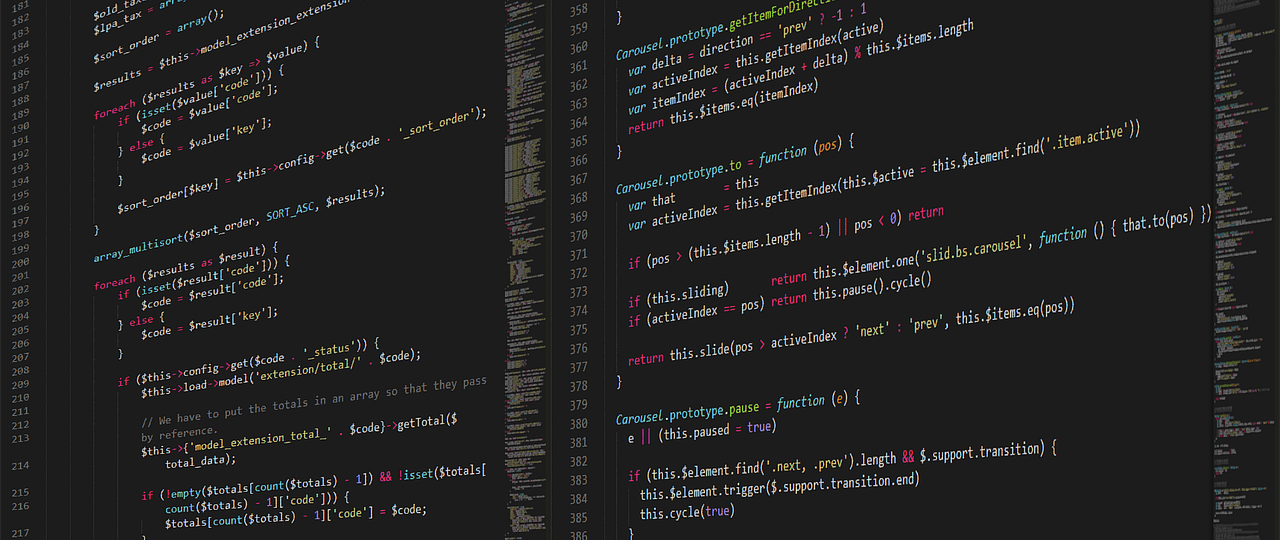Introduction
Ruby on Rails, a server-side web application framework has greatly influenced web application development since its emergency in 2005. Ruby on Rails is written in Ruby under MIT licence, and I should warn on not confusing Ruby on Rails to the Ruby language. Among many other reasons, this is why you definitely should consider Ruby in your next web application project.
Popularity
Is Ruby on Rails in work? Is Ruby on Rails dead/dying? These are popular questions on the internet. But a straightforward answer is: Yes, Ruby is in the works and is being used by popular sites such as; Hulu, Shopify, GitHub, Airbnb, among many others. This should definitely answer the second question that Ruby is not dying but is constantly being improved. By considering the technology market, Rails is a type of technology that you should adopt in your future applications.
How it is built
It shouldn’t come as a surprise that most web frameworks from other languages, including Django in Python, Sails.js in Node.js, Play in Scala, Catalyst in Perl, Grails in Groovy etc., have adopted ideas from Ruby on Rails. Rails uses a model-view-controller (MVC) framework, an architecture where a web application has three interconnected layers that provide default services for the database, a web service, and web pages.
Models

Used to represent forms of data that are used by the app, they contain the logic to manipulate and retrieve data. The forms of data are represented by a class, and they are not low-level like data types such as Integers, Strings or Arrays. Models are implemented in the ActiveRecord library. This library acts as an interface between The Ruby program code and the database.
Views
It represents the data in a particular format in an application in order to be displayed to the users in the correct form. It handles HTML, CSS, JavaScript and XML in an application. The views do what the controller tells them and they are implemented in the ActionView library.
Controller
The controller directs traffic to views and models. It sends a query to the models from the database and displays the data in an application in the desired manner guided by the view. The controller is implemented in the ActionController library. The ActionController library sits between ActiveRecord and ActionView.
MVC rules the entire application. It utilizes web standards for important functions such as data transfer by the use of JSON or XML and interfacing with the help of HTML, CSS and JavaScript. MVC receives a request from a browser, the models digest it and view it, then sends results to the view with instructions on how to display it to the user.
Ease of use
Since the launch of rails in 2005, it has undergone a series of improvements that have made it easy to use and manage changes. Ruby on Rails’ latest version (6.1) makes significant changes on management processes. It is a framework to use for long term projects because of its stability and predictability. The Version 7.1 release is set to be announced and could improve a lot more aspects to improve the framework.
Its code is easy to read, hence an easier approach when making changes to the code and when adding new features to your site. This makes it a favourite framework for developers who are new to it and those with experience in web application development.
Cost
Ruby on Rails is cost-effective and open-source, which makes it a cake for newbies as well as professional developers. Ruby on Rails has several built-in code libraries, and they are termed as GEMS, provided free and can be used by developers to fulfil their specific needs for creating any kind of web application. They can be found and downloaded from GitHub. One can also download Rails on Linux and use it without having to pay any fees.
Security
Security is a major concern for any enterprise involved in web application development. Although a code can’t be entirely bug-free, Ruby on Rails offers a number of built-in tools for fending off security threats. The Rails community is always working to identify and patch any new security vulnerabilities. The framework is supported by documentation both officially and unofficially.
Performance
It’s everyone’s desire to use a web application that processes data at a relatively high speed. Ruby is an elegant language, but when misused, it makes performance hit hard. But, if using Rails the right way, your application could become ten times faster. More than 80% of Rails’ performance comes from memory optimization.
You could be asking yourself how you can achieve maximum performance, and here is how: For instance, Rails needs 3G or more memory to process 1G of data, it will take a dozen seconds to collect 3G of data. You can cub this by using other tools to do the task at hand because Ruby on Rails is bad at processing large amounts of data. Therefore, it’s highly advised that you keep the Rails code as short as possible.
Conclusion
In summary, Ruby on Rails should be the perfect choice for developing your web applications as it is an easy language for starters. It is readable and highly flexible, such that you can build your app through different modules and modify each later without having to dismantle your app completely. As we mentioned, there are a thousand Ruby gems for anything you could think of, why shouldn’t you utilize them?
